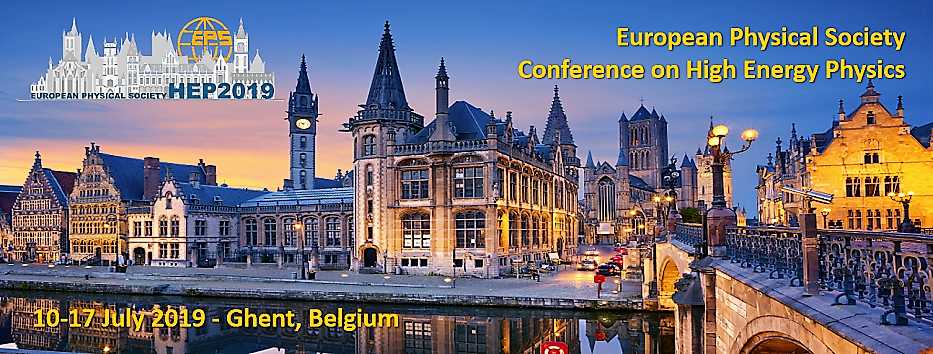Speaker
Description
The study of identified hadron production as a function of event multiplicity is a key tool for understanding the similarities and differences between large and small colliding systems.
The multiplicity-dependence of the total yields of identified hadrons as a function of event activity shows a remarkable scaling that covers all the collision systems considered.
The production rates of strange and multi-strange hadrons show enhancement patterns, which are not consistently captured by commonly-used Monte Carlo generators. To isolate the center-of-mass energy dependence, pp and Pb--Pb collisions have been measured at two different energies. We find that hadrochemistry is dominantly driven by the multiplicity in hadronic collisions at LHC energies, and not the colliding system or the center-of-mass energy.
We report on the production of pions, kaons, protons, K$^{0}_{\textrm{S}}$, $\Lambda$, $\Xi$ and $\Omega$ measured in pp ($\sqrt{s} = 7$ and $13$ TeV), p--Pb ($\sqrt{s_{\textrm{NN}}} = 5.02$ TeV) and Pb--Pb ($\sqrt{s_{\textrm{NN}}} = 2.76$ and $5.02$ TeV) collisions at the LHC. Results will be compared to predictions from hydrodynamic and statistical hadronization models.
